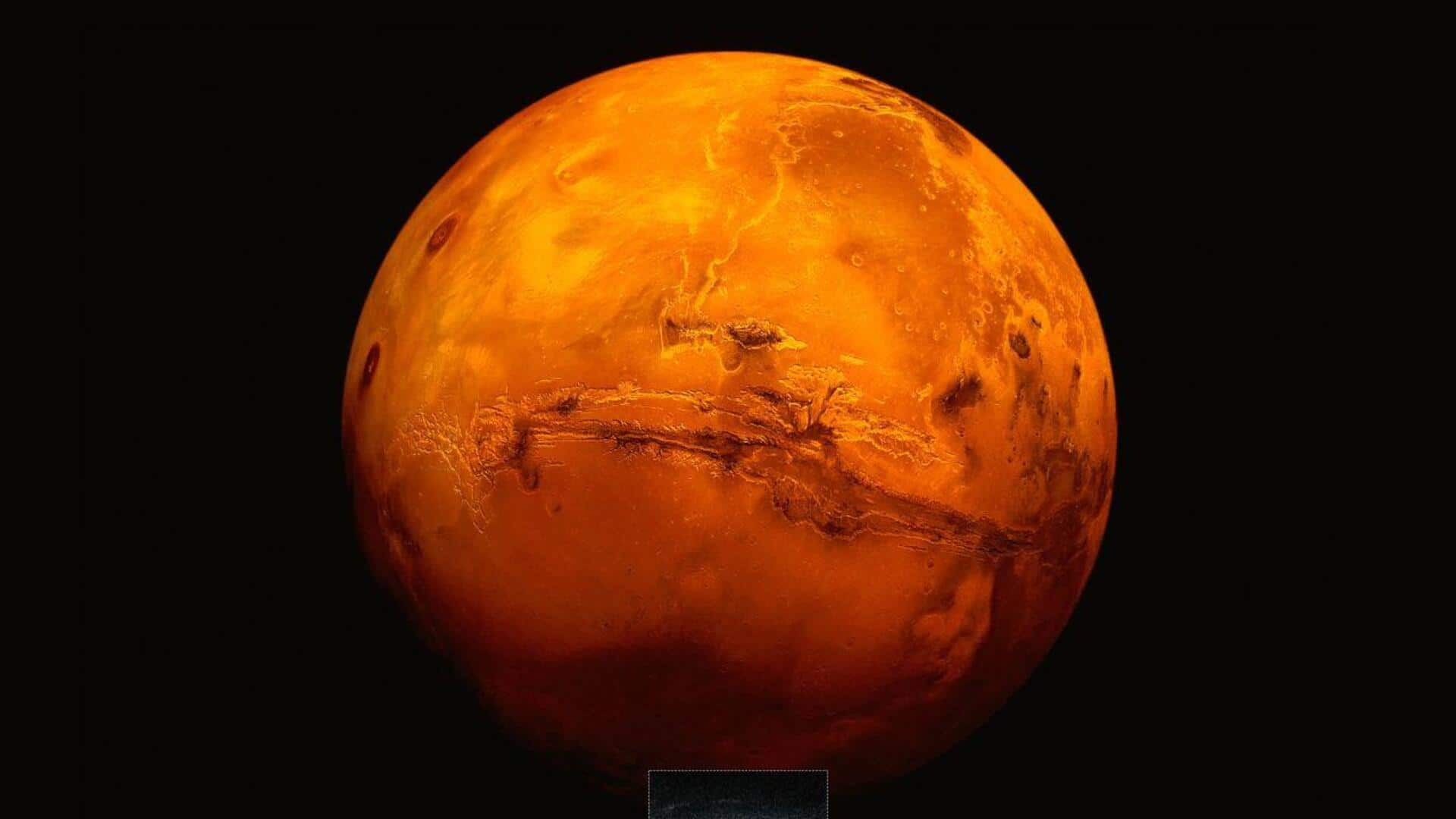
SpaceX plans to establish Starlink-like satellite network around Mars
What's the story
SpaceX is looking to build a satellite network around Mars, just like its Earth-based Starlink system. The company has pitched the idea to NASA, calling it the "Marslink constellation." The news came to light during a recent meeting of the Mars Exploration Program Analysis Group, where NASA showcased three different proposals for communication networks in Martian orbit.
Network details
Marslink constellation: A network of multiple SpaceX satellites
The Marslink constellation will be "multiple SpaceX satellites placed in Mars orbit to provide full visibility and interoperability for ground and orbital assets." The proposed system will leverage Starlink's advanced laser communication technology to ensure a consistent data flow between Earth and Mars. This high-speed data relay system will transmit at speeds of 4Mbps or more across the 1.5 astronomical units separating Earth from the Red Planet.
Future prospects
Marslink's potential applications
The Marslink network could prove to be a key element in future Mars missions, allowing real-time transmission of images and data streams from Mars to Earth. It could even support ground operations and assets in Martian orbit. Notably, this proposal fits perfectly with SpaceX CEO Elon Musk's ambitious plans for human exploration of Mars, including his vision to set up permanent habitats on the planet's surface.
Rival proposals
Other contenders for Mars communication network
Along with SpaceX's proposal, NASA also unveiled plans from Blue Origin and Lockheed Martin. Blue Origin showed its Blue Ring orbital tug for hosting, transportation, refueling, data relay, logistics, and in-space cloud computing. Lockheed Martin has proposed repurposing MAVEN (Mars Atmosphere and Volatile EvolutioN), a NASA spacecraft launched in 2013 to study Mars's atmospheric loss. These proposals show NASA's intention to work with commercial partners for future Mars exploration missions.
Confirmation
Musk confirms development and envisions faster data transfer
Musk confirmed the development of the Marslink constellation on social media platform X, noting that the end goal is to increase data transfer speeds by a lot over such long distances. "This is just a very basic first step. Earth and Mars will ultimately need >petabit per second connectivity," he said.